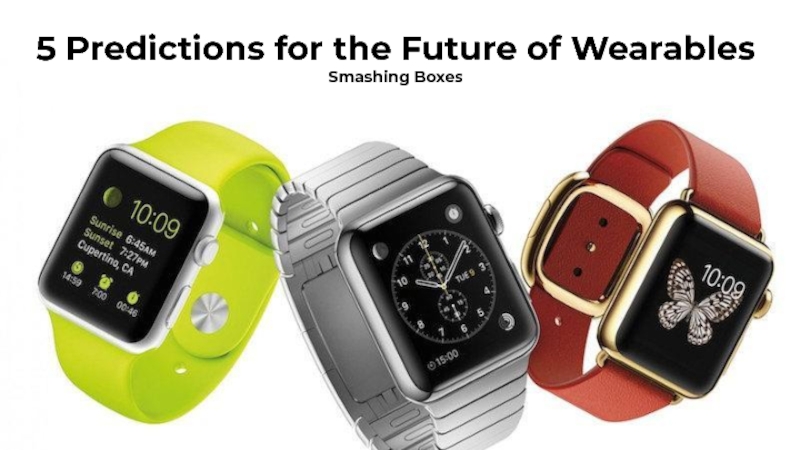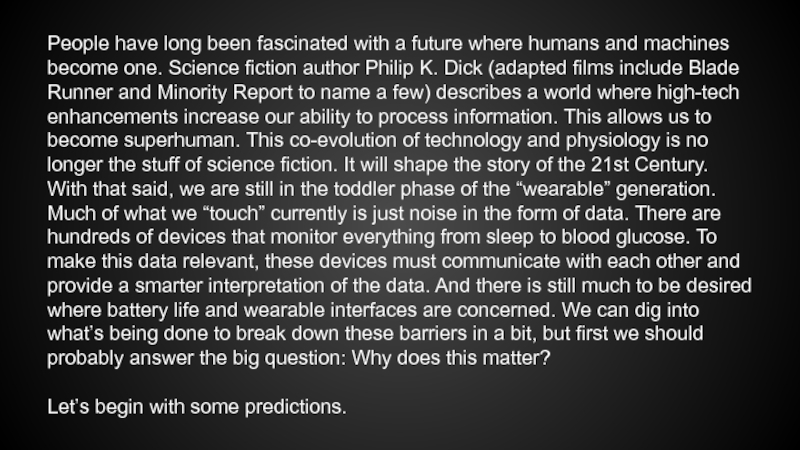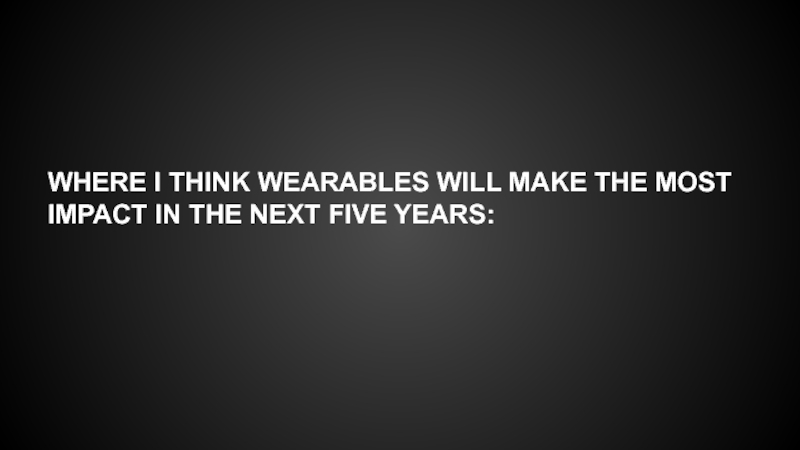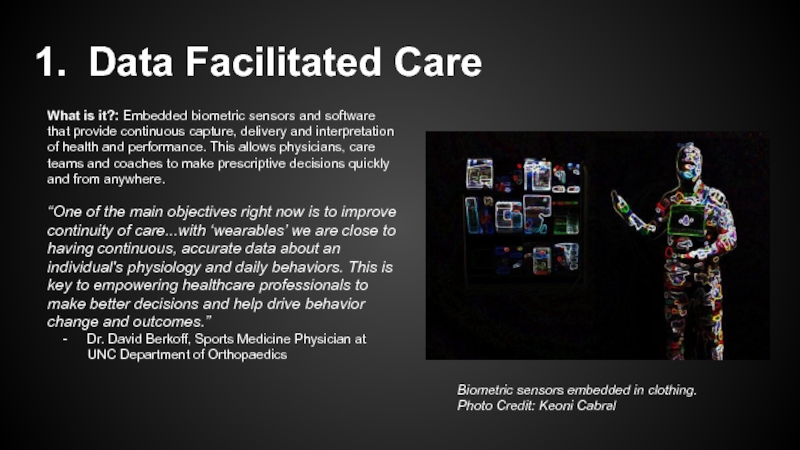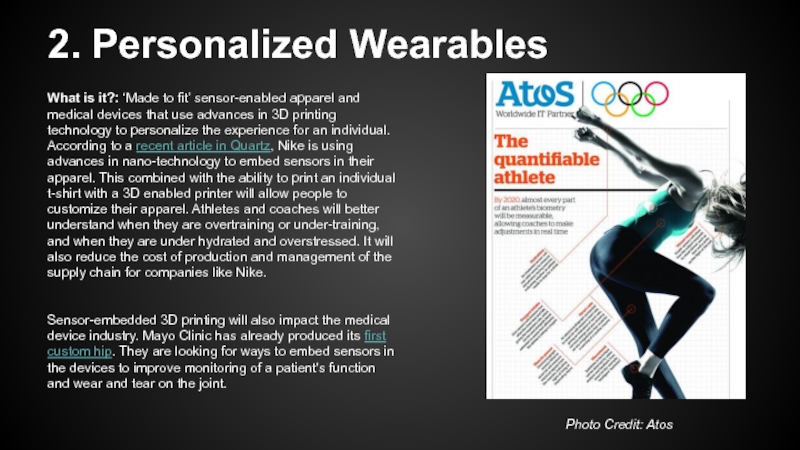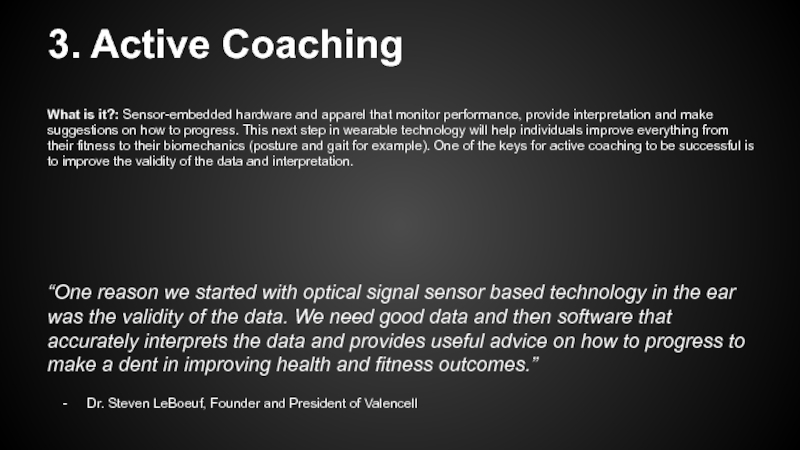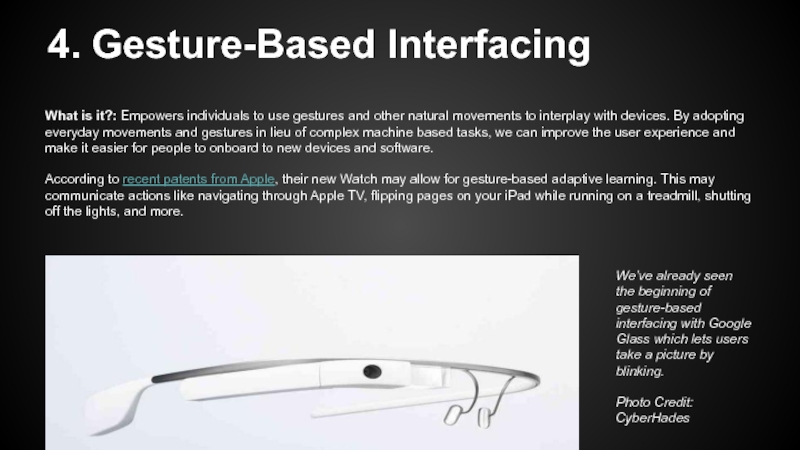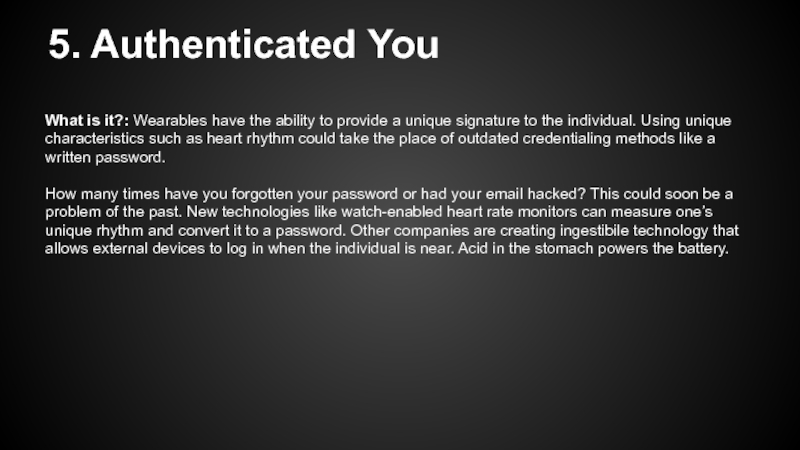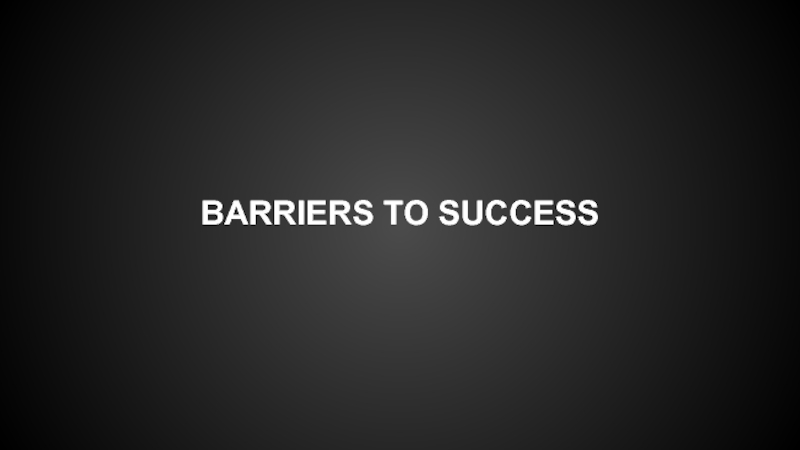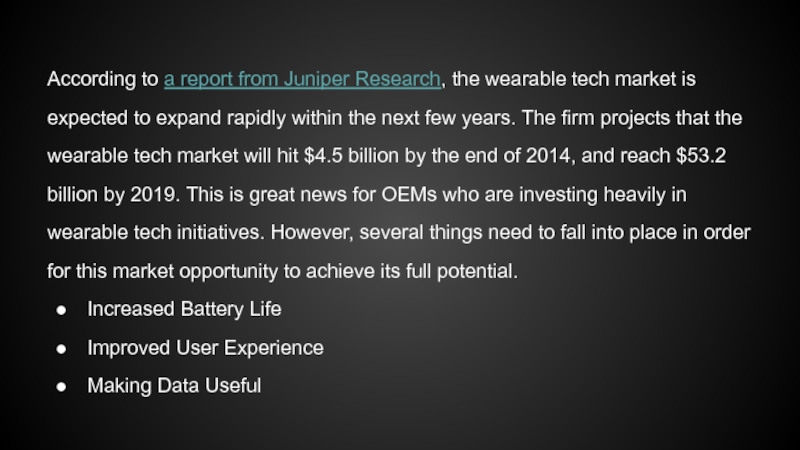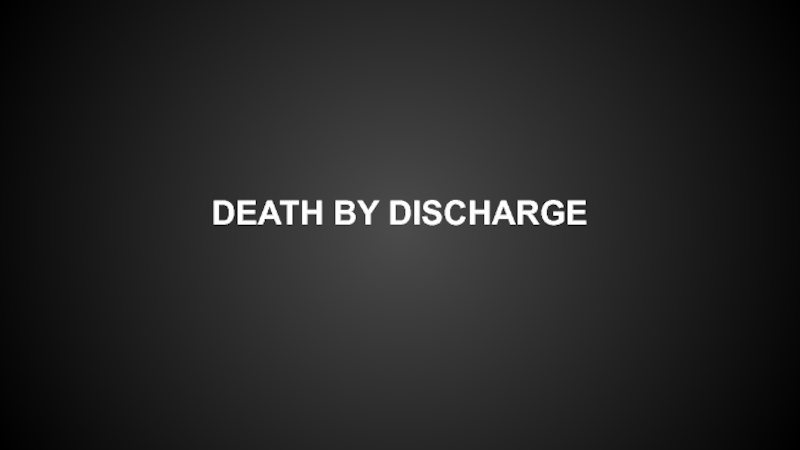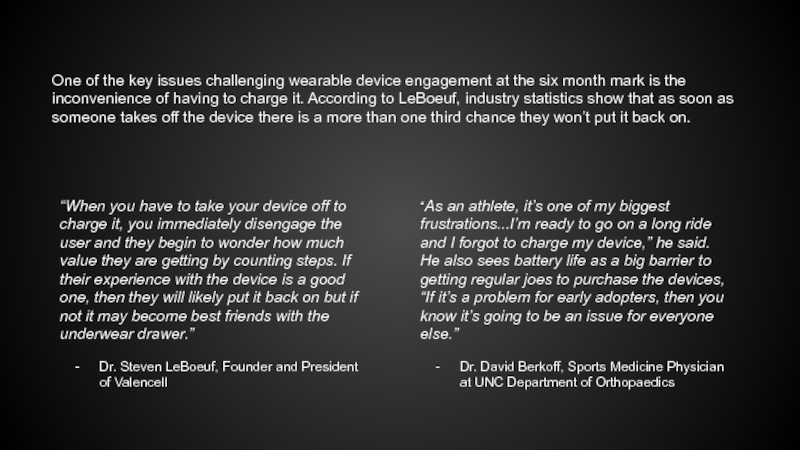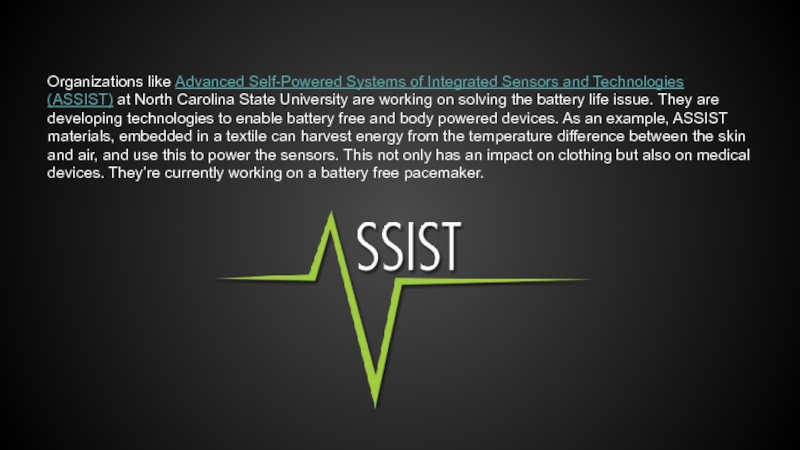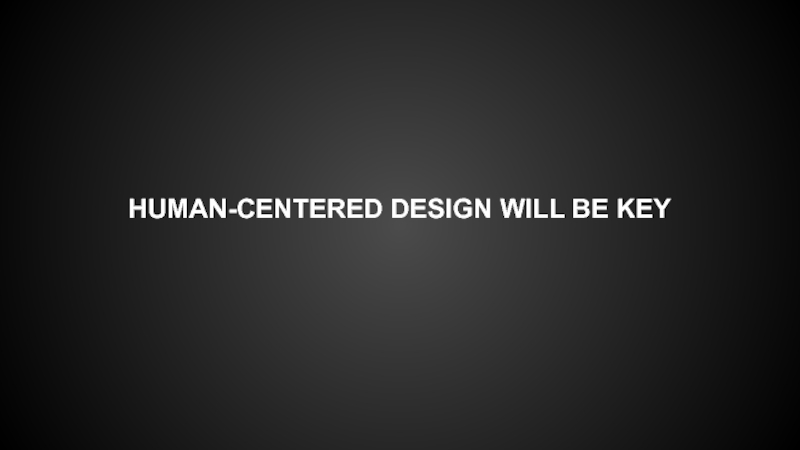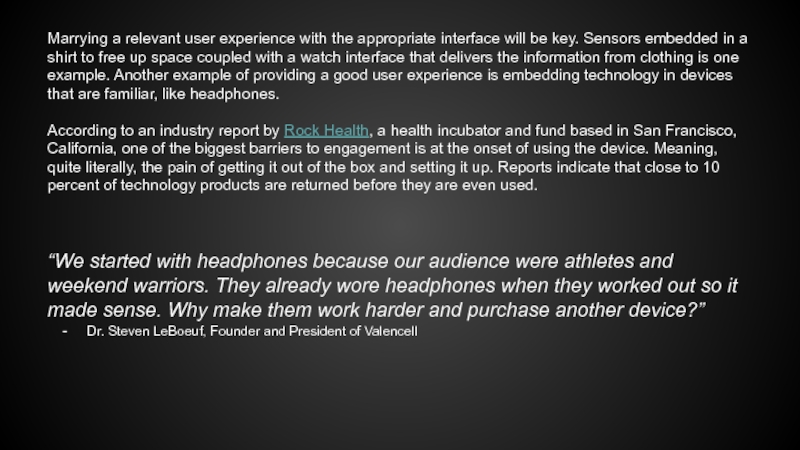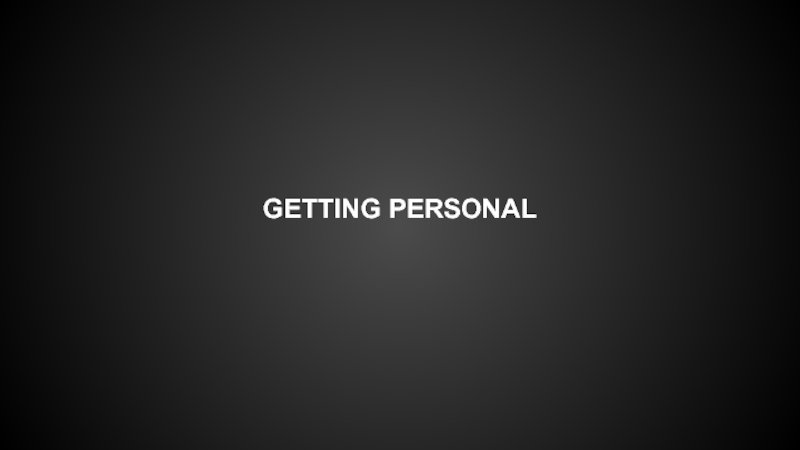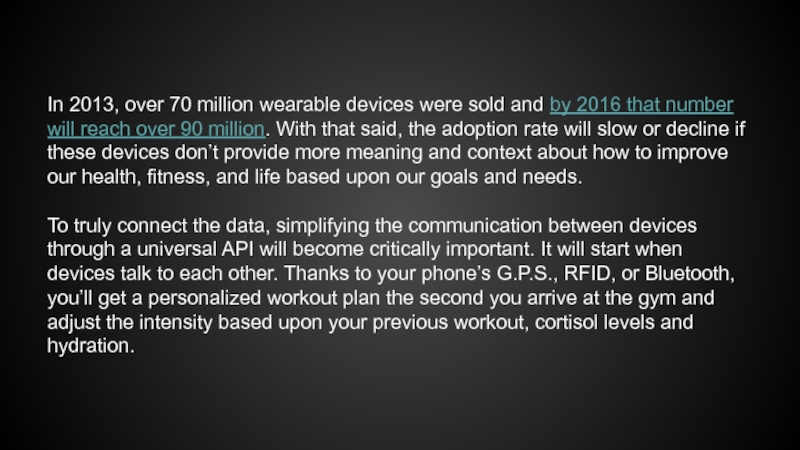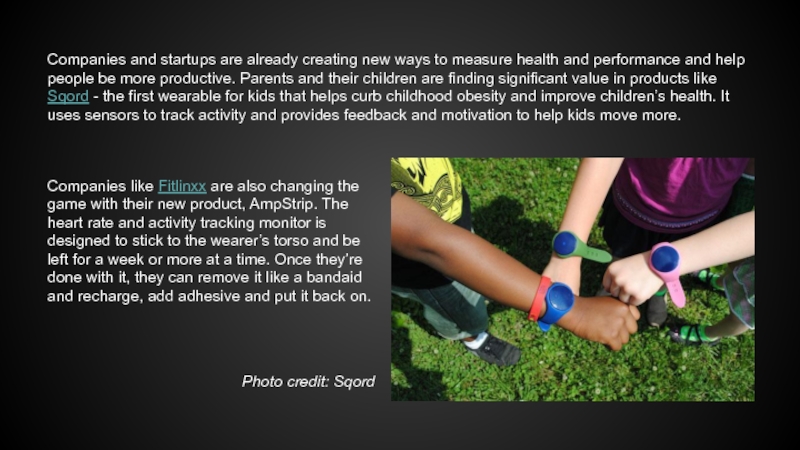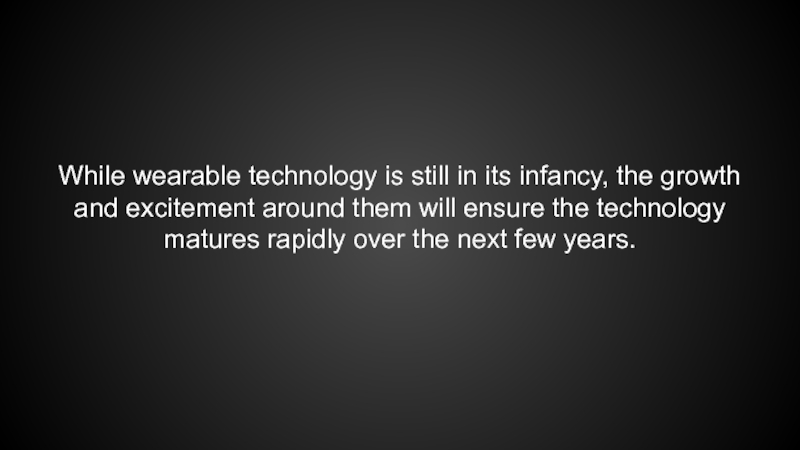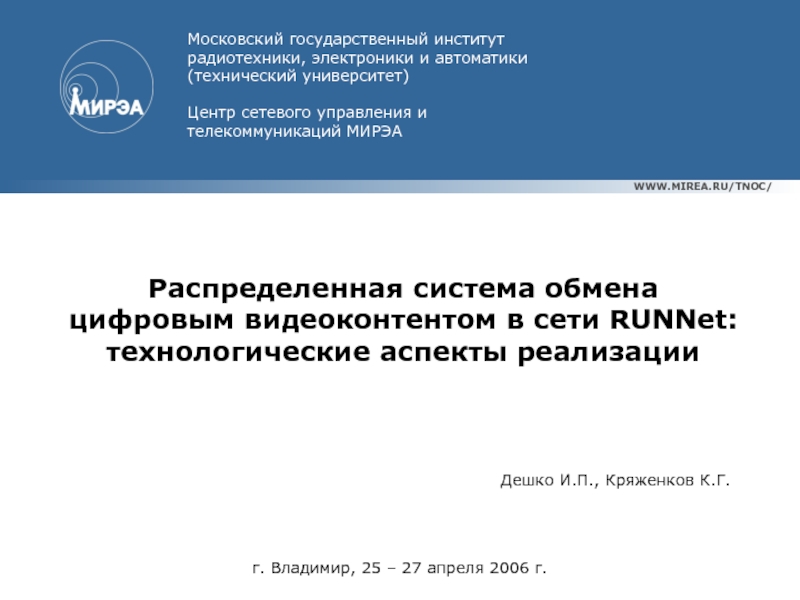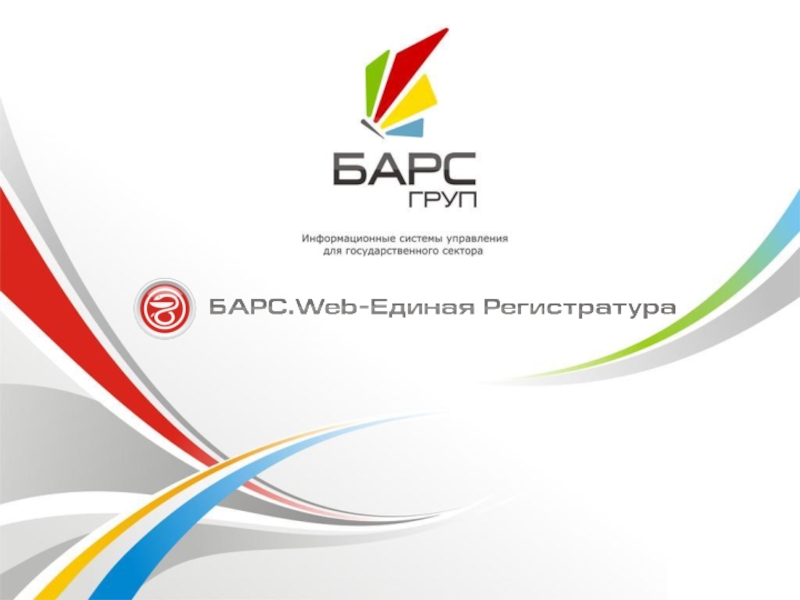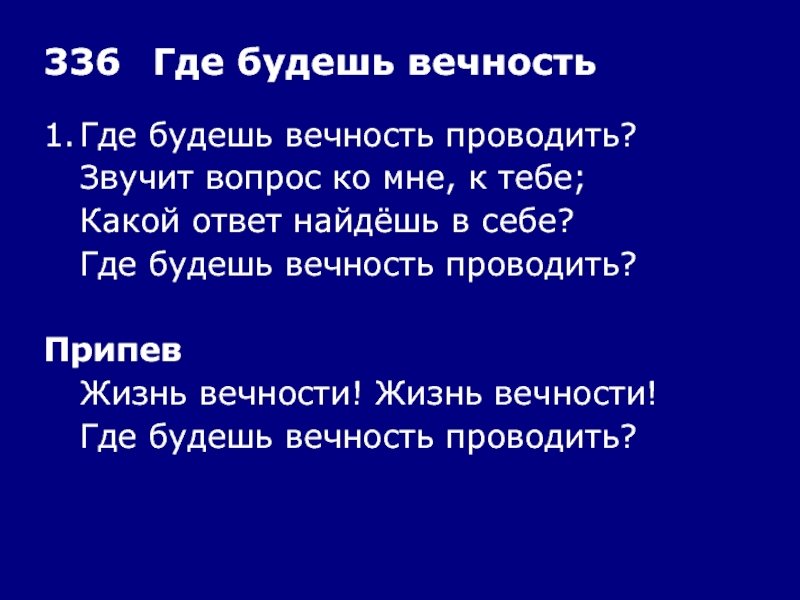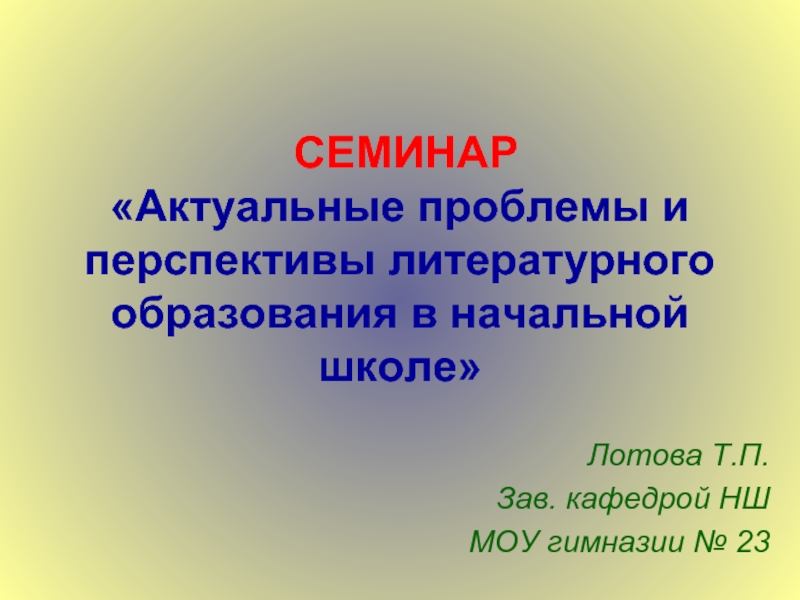- Главная
- Разное
- Дизайн
- Бизнес и предпринимательство
- Аналитика
- Образование
- Развлечения
- Красота и здоровье
- Финансы
- Государство
- Путешествия
- Спорт
- Недвижимость
- Армия
- Графика
- Культурология
- Еда и кулинария
- Лингвистика
- Английский язык
- Астрономия
- Алгебра
- Биология
- География
- Детские презентации
- Информатика
- История
- Литература
- Маркетинг
- Математика
- Медицина
- Менеджмент
- Музыка
- МХК
- Немецкий язык
- ОБЖ
- Обществознание
- Окружающий мир
- Педагогика
- Русский язык
- Технология
- Физика
- Философия
- Химия
- Шаблоны, картинки для презентаций
- Экология
- Экономика
- Юриспруденция
5 Predictions for the Future of Wearables Smashing Boxes презентация
Содержание
- 1. 5 Predictions for the Future of Wearables Smashing Boxes
- 2. Originally posted on the Smashing Boxes Blog By Andrew Hooge
- 3. People have long been fascinated with a
- 4. WHERE I THINK WEARABLES WILL MAKE THE MOST IMPACT IN THE NEXT FIVE YEARS:
- 5. Data Facilitated Care What is it?: Embedded
- 6. 2. Personalized Wearables What is it?: ‘Made
- 7. 3. Active Coaching What is it?:
- 8. 4. Gesture-Based Interfacing What is it?:
- 9. 5. Authenticated You What is it?:
- 10. BARRIERS TO SUCCESS
- 11. According to a report from Juniper
- 12. DEATH BY DISCHARGE
- 13. One of the key issues challenging wearable
- 14. Organizations like Advanced Self-Powered Systems of Integrated
- 15. HUMAN-CENTERED DESIGN WILL BE KEY
- 16. Marrying a relevant user experience with the
- 17. GETTING PERSONAL
- 18. In 2013, over 70 million wearable devices
- 19. THE FUTURE IS ALREADY HERE...SORT OF
- 20. Companies and startups are already creating new
- 21. While wearable technology is still in its
Слайд 3People have long been fascinated with a future where humans and
With that said, we are still in the toddler phase of the “wearable” generation. Much of what we “touch” currently is just noise in the form of data. There are hundreds of devices that monitor everything from sleep to blood glucose. To make this data relevant, these devices must communicate with each other and provide a smarter interpretation of the data. And there is still much to be desired where battery life and wearable interfaces are concerned. We can dig into what’s being done to break down these barriers in a bit, but first we should probably answer the big question: Why does this matter?
Let’s begin with some predictions.
Слайд 5Data Facilitated Care
What is it?: Embedded biometric sensors and software that
“One of the main objectives right now is to improve continuity of care...with ‘wearables’ we are close to having continuous, accurate data about an individual's physiology and daily behaviors. This is key to empowering healthcare professionals to make better decisions and help drive behavior change and outcomes.”
Dr. David Berkoff, Sports Medicine Physician at UNC Department of Orthopaedics
Biometric sensors embedded in clothing.
Photo Credit: Keoni Cabral
Слайд 62. Personalized Wearables
What is it?: ‘Made to fit’ sensor-enabled apparel and
According to a recent article in Quartz, Nike is using advances in nano-technology to embed sensors in their apparel. This combined with the ability to print an individual t-shirt with a 3D enabled printer will allow people to customize their apparel. Athletes and coaches will better understand when they are overtraining or under-training, and when they are under hydrated and overstressed. It will also reduce the cost of production and management of the supply chain for companies like Nike.
Sensor-embedded 3D printing will also impact the medical device industry. Mayo Clinic has already produced its first custom hip. They are looking for ways to embed sensors in the devices to improve monitoring of a patient's function and wear and tear on the joint.
Photo Credit: Atos
Слайд 73. Active Coaching
What is it?: Sensor-embedded hardware and apparel that monitor
“One reason we started with optical signal sensor based technology in the ear was the validity of the data. We need good data and then software that accurately interprets the data and provides useful advice on how to progress to make a dent in improving health and fitness outcomes.”
Dr. Steven LeBoeuf, Founder and President of Valencell
Слайд 84. Gesture-Based Interfacing
What is it?: Empowers individuals to use gestures and
According to recent patents from Apple, their new Watch may allow for gesture-based adaptive learning. This may communicate actions like navigating through Apple TV, flipping pages on your iPad while running on a treadmill, shutting off the lights, and more.
We’ve already seen the beginning of gesture-based interfacing with Google Glass which lets users take a picture by blinking.
Photo Credit: CyberHades
Слайд 95. Authenticated You
What is it?: Wearables have the ability to provide
How many times have you forgotten your password or had your email hacked? This could soon be a problem of the past. New technologies like watch-enabled heart rate monitors can measure one’s unique rhythm and convert it to a password. Other companies are creating ingestibile technology that allows external devices to log in when the individual is near. Acid in the stomach powers the battery.
Слайд 11
According to a report from Juniper Research, the wearable tech market
Increased Battery Life
Improved User Experience
Making Data Useful
Слайд 13One of the key issues challenging wearable device engagement at the
“When you have to take your device off to charge it, you immediately disengage the user and they begin to wonder how much value they are getting by counting steps. If their experience with the device is a good one, then they will likely put it back on but if not it may become best friends with the underwear drawer.”
Dr. Steven LeBoeuf, Founder and President of Valencell
“As an athlete, it’s one of my biggest frustrations...I’m ready to go on a long ride and I forgot to charge my device,” he said. He also sees battery life as a big barrier to getting regular joes to purchase the devices, “If it’s a problem for early adopters, then you know it’s going to be an issue for everyone else.”
Dr. David Berkoff, Sports Medicine Physician at UNC Department of Orthopaedics
Слайд 14Organizations like Advanced Self-Powered Systems of Integrated Sensors and Technologies (ASSIST)
Слайд 16Marrying a relevant user experience with the appropriate interface will be
According to an industry report by Rock Health, a health incubator and fund based in San Francisco, California, one of the biggest barriers to engagement is at the onset of using the device. Meaning, quite literally, the pain of getting it out of the box and setting it up. Reports indicate that close to 10 percent of technology products are returned before they are even used.
“We started with headphones because our audience were athletes and weekend warriors. They already wore headphones when they worked out so it made sense. Why make them work harder and purchase another device?”
Dr. Steven LeBoeuf, Founder and President of Valencell
Слайд 18In 2013, over 70 million wearable devices were sold and by
To truly connect the data, simplifying the communication between devices through a universal API will become critically important. It will start when devices talk to each other. Thanks to your phone’s G.P.S., RFID, or Bluetooth, you’ll get a personalized workout plan the second you arrive at the gym and adjust the intensity based upon your previous workout, cortisol levels and hydration.
Слайд 20Companies and startups are already creating new ways to measure health
Companies like Fitlinxx are also changing the game with their new product, AmpStrip. The heart rate and activity tracking monitor is designed to stick to the wearer’s torso and be left for a week or more at a time. Once they’re done with it, they can remove it like a bandaid and recharge, add adhesive and put it back on.
Photo credit: Sqord
